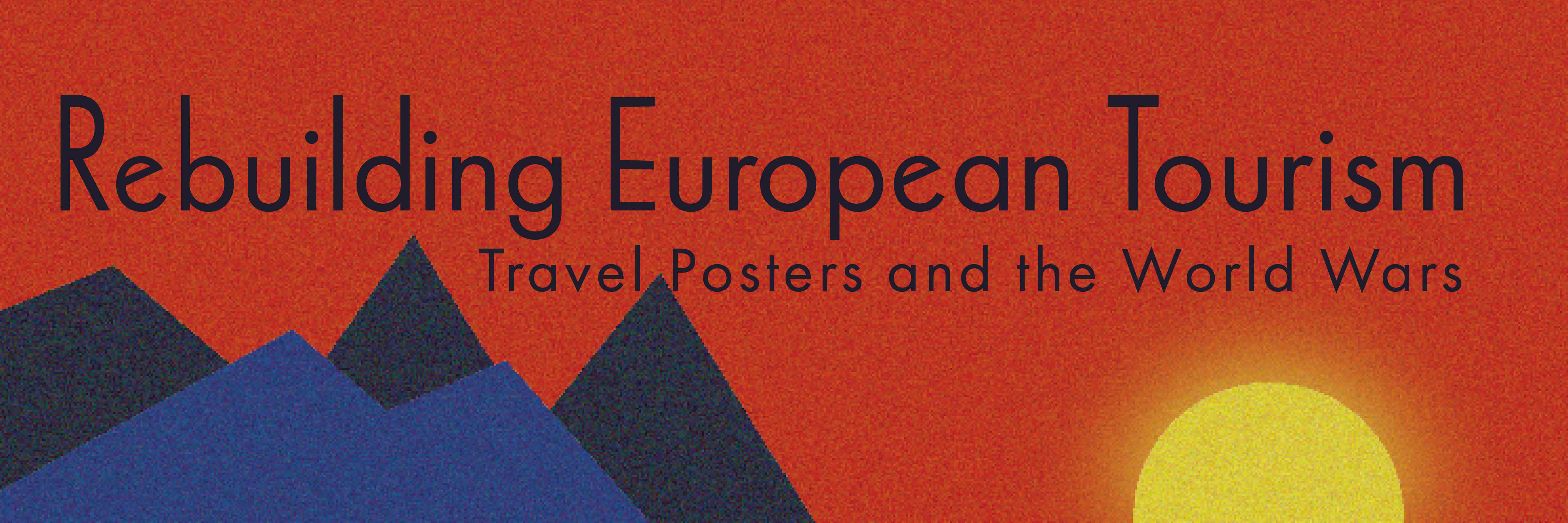
In September 1939, Germany in an alliance with Russia initiated World War II by invading Poland. France and Great Britain came to Poland’s aid, while the German desire to conquer Europe began with the invasions of Norway, Belgium, the Netherlands, France and Great Britain. In a surprise offensive, Germany obtained allegiance from Hungary, Romania and Bulgaria and turned against Russia. Following the Japanese attack on Pearl Harbor in December 1941, Americans were actively engaged in the war. Aiding allied forces, the U.S. assisted with numerous decisive battles that led to the ultimate defeat of Germany and Japan. After 6 years of brutal warfare, WWII ended with the signing of the Potsdam Declaration on September 2, 1945.
Whereas a decade passed before tourism resumed following the conclusion of WWI, European tourism posters after WWII began appearing the following year. Just as posters post-WWI refrained from addressing the war, posters issued after WWII avoided such commentary. Instead, exotic locations, grand adventures, sports, leisure were promoted along with innovations in travel. Trains and boats continued in representation, but now airplanes and Zeppelins were promoted as faster and less expensive modes of travel in a changing world.
